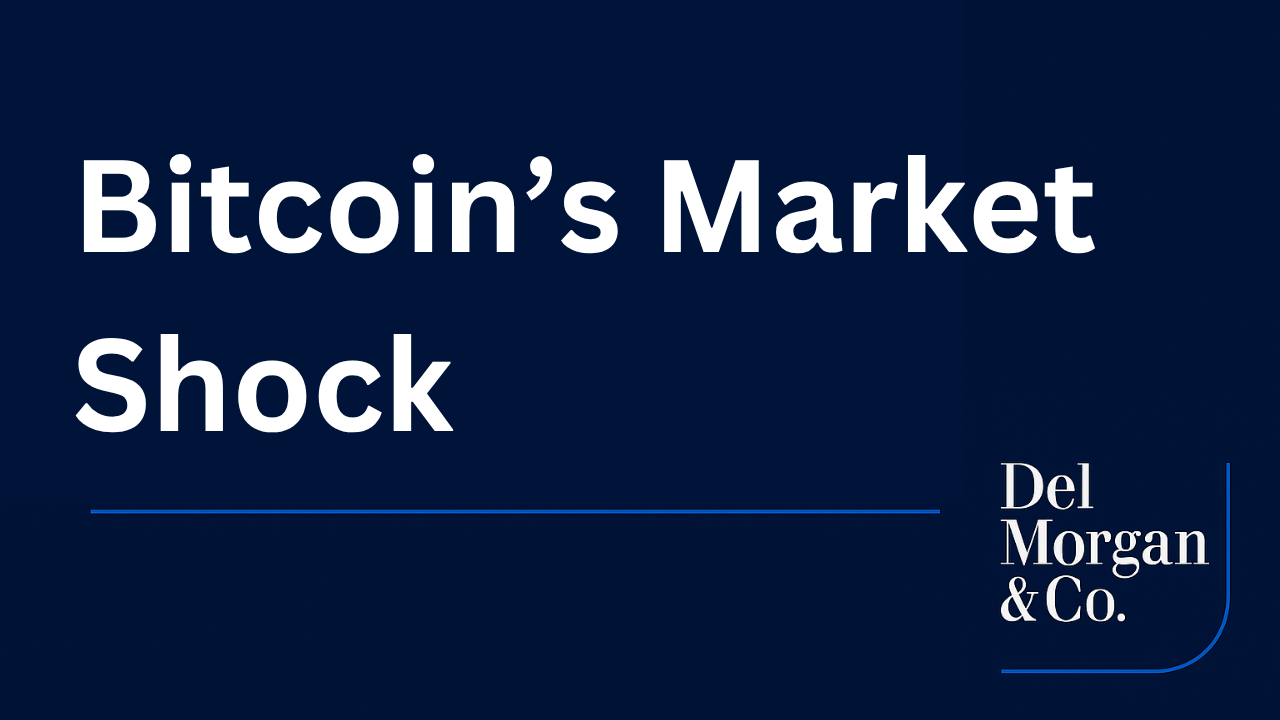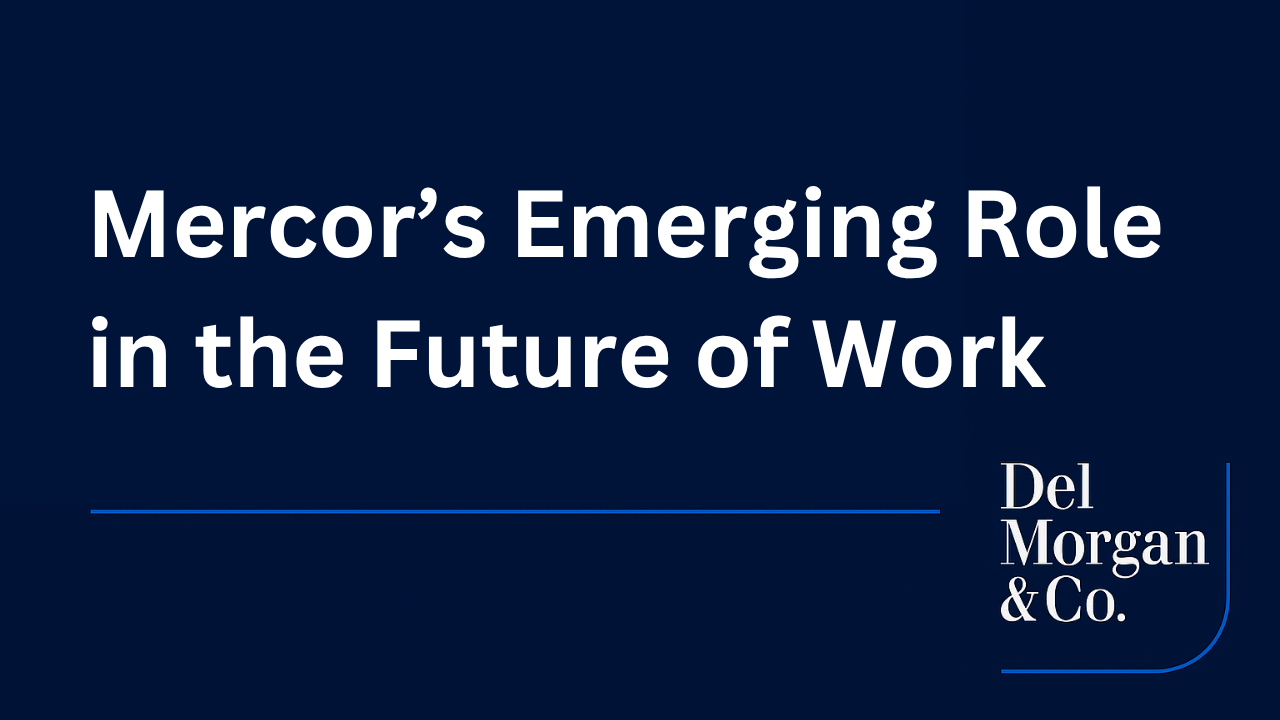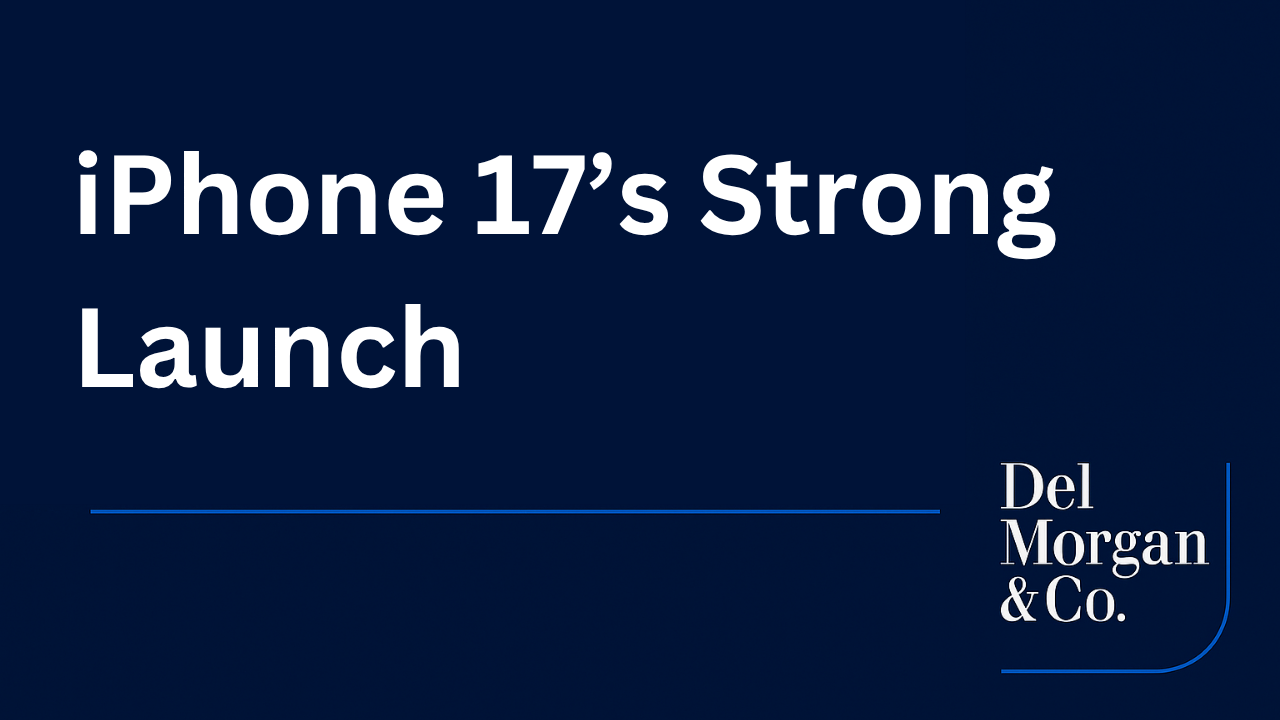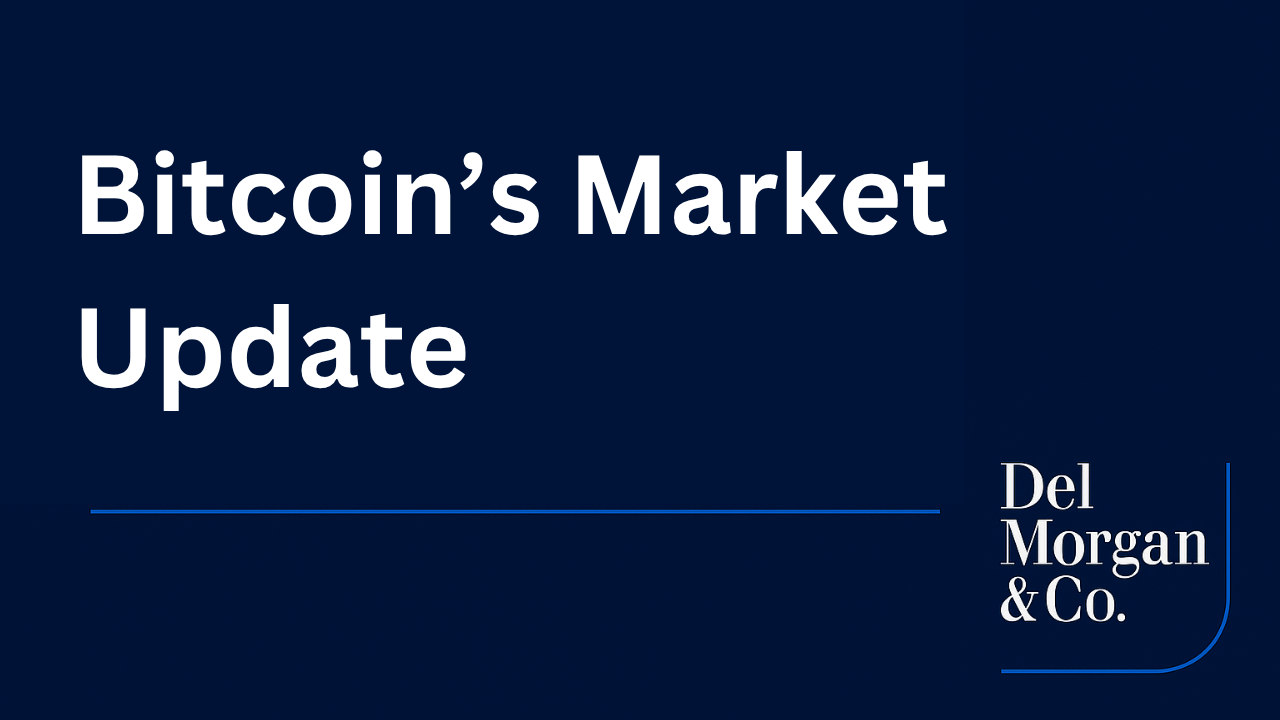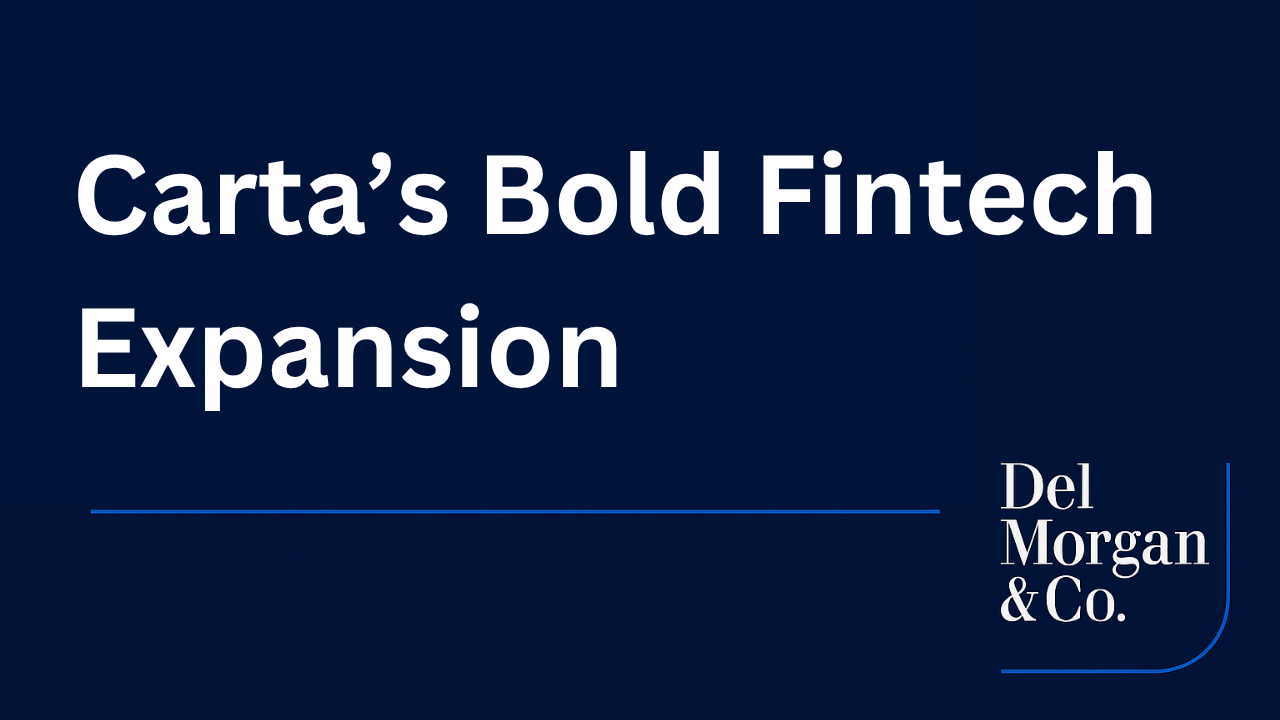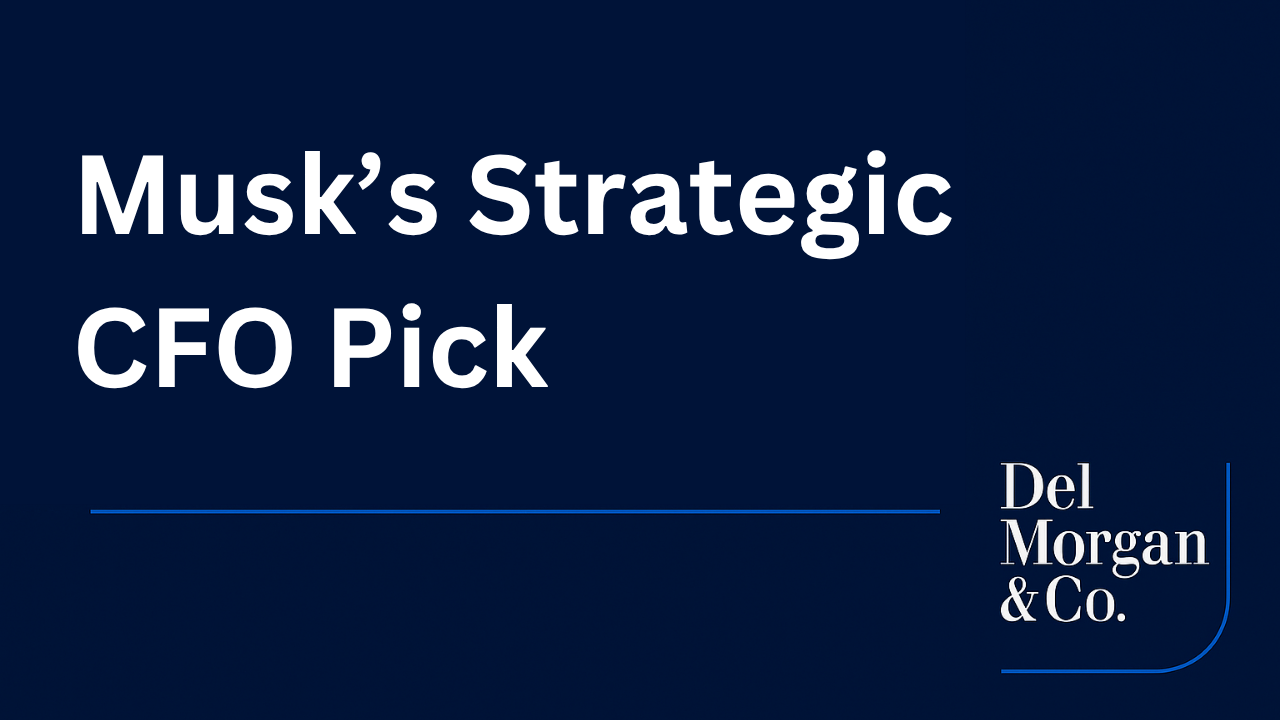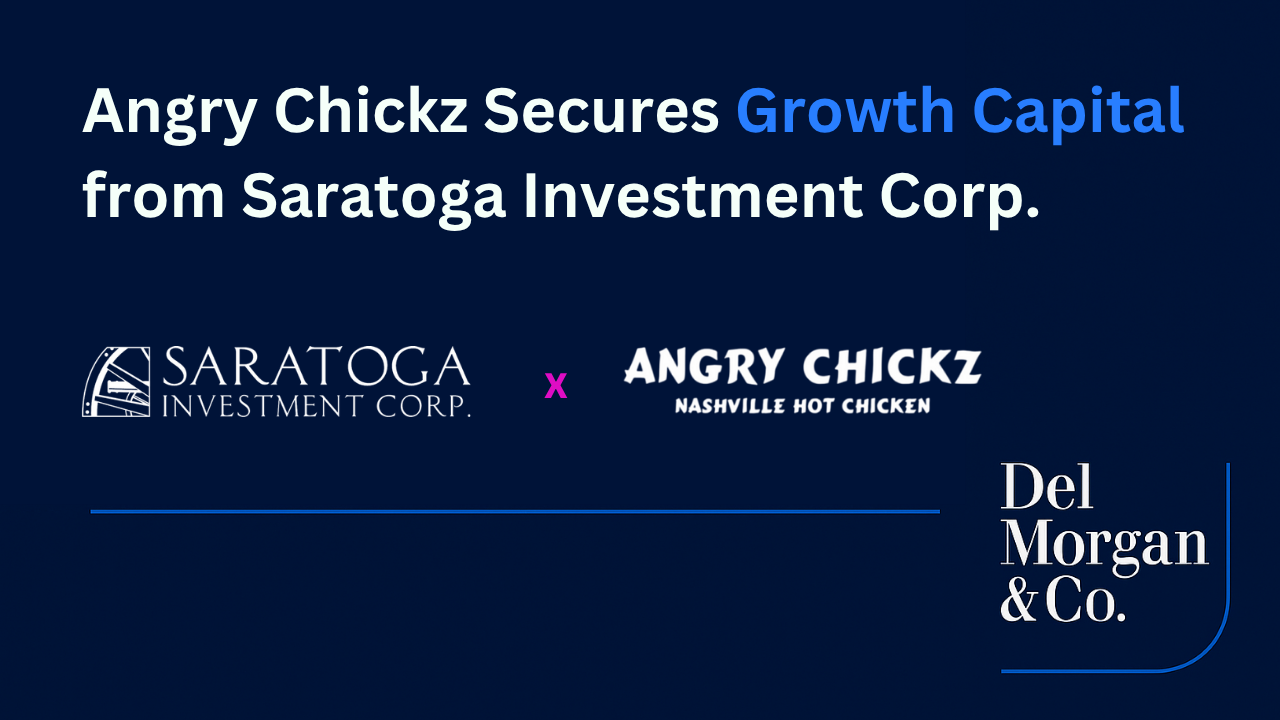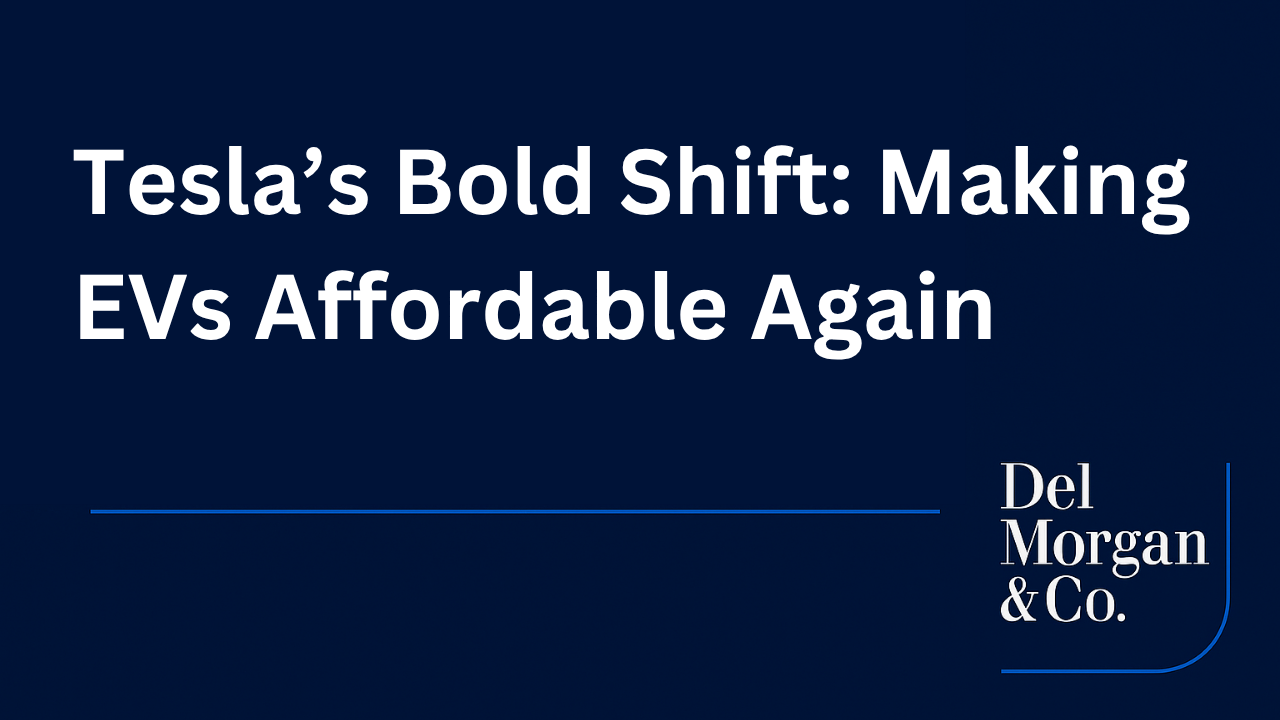Executive Summary
Qualcomm’s latest announcements mark a strategic shift from its historical focus on mobile silicon toward a vertically integrated AI roadmap spanning consumer devices, edge computing and rack-scale inference. The company introduced two new data center-class accelerators, the AI200 and AI250, alongside continued upgrades to its Snapdragon and Snapdragon X product lines. These moves position Qualcomm as an emerging challenger in energy-efficient inference and signal a broader reorientation of competitive dynamics across semiconductors, cloud platforms, PC manufacturers and edge device ecosystems.
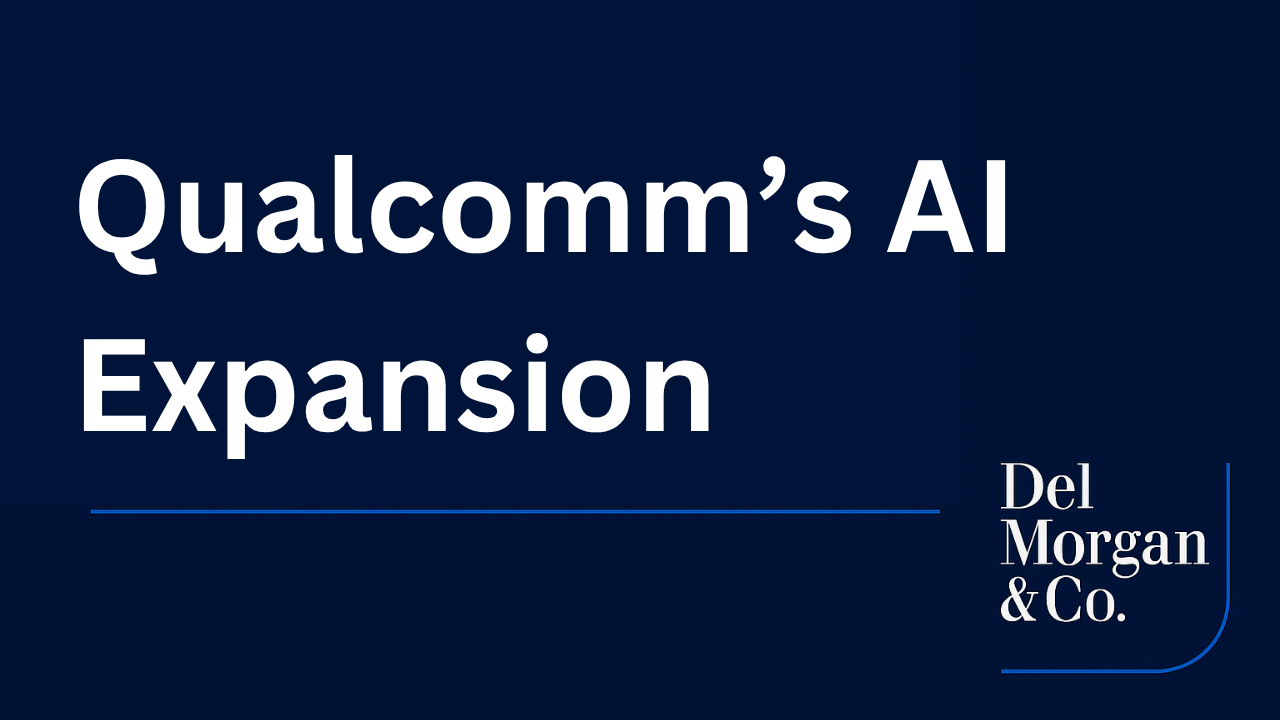
What Qualcomm Announced
Qualcomm recently unveiled the AI200 and AI250 accelerator cards and associated rack-level systems designed for data center inference. The AI200 is expected to ship in 2026, followed by the higher-capacity AI250 in 2027. Qualcomm emphasized power efficiency and memory density, framing the systems as inference-first architectures rather than training hardware for foundation models. In parallel, Qualcomm continues to advance its mobile and PC lines, including the Snapdragon 8 Elite Gen 5 and Snapdragon X2, which deliver improved neural processing capabilities for on-device generative AI.
Technical Implications for AI Deployment
Qualcomm’s approach reflects an alignment of memory design, inference acceleration and thermal optimization to reduce power per inference and latency at scale. The rack solutions integrate direct liquid cooling and high-bandwidth memory configurations to support large language and multimodal inference workloads more efficiently than some GPU-based solutions. On-device, Qualcomm’s Hexagon NPU roadmap enables selective model execution locally and reduces cloud dependency for personalization, privacy and cost efficiency. This hybrid cloud-edge configuration allows enterprises to allocate inference between endpoints and central infrastructure based on latency and budget requirements.
Market and Competitive Impact
The introduction of rack-scale accelerators positions Qualcomm directly against the established incumbents – including Nvidia and AMD – that currently dominate data center inference. Qualcomm is pursuing a differentiated position focused on inference density and power efficiency, aiming to compete on cost per inference rather than raw training throughput. Investor sentiment following the announcement reflected growing confidence in Qualcomm’s ability to extend beyond mobile and expand its total addressable market. Strategic alignment with cloud providers and enterprise software vendors further enhances Qualcomm’s ability to compete through integrated solutions.
Implications for Device Makers and App Developers
For OEMs and software developers, Qualcomm’s roadmap lowers barriers to deploying generative AI at the endpoint. Smartphone manufacturers benefit from enhanced NPUs that improve on-device assistants, computational imaging and private inference. PC makers targeting enterprise adoption can leverage Snapdragon X-class platforms to highlight AI-enabled battery performance and mobile productivity. For developers, broader deployment flexibility encourages model designs optimized for quantization and partitioning across device and rack layers.
Challenges and Realistic Limits
Despite a compelling strategy, Qualcomm faces several structural hurdles. Its architecture is tailored to inference rather than training, limiting its participation in high-performance GPU clusters that currently anchor the AI supply chain. Gaining market share requires scale in software tooling, orchestration frameworks and compatibility with existing ML workflows. Thermal durability of dense LPDDR-based systems and long-horizon reliability in liquid-cooled environments also require validation. Regulatory and export constraints remain a relevant tail risk for any player expanding into global data center infrastructure.
Broader Sector Effects and Opportunities
If adopted at scale, Qualcomm’s approach may accelerate a shift toward heterogenous inference infrastructure that complements GPUs with specialized accelerators. Hyperscalers could deploy a mixed architecture that routes workloads dynamically by latency and energy cost. Telecom operators and on-premise enterprise buyers may view inference-dense racks as viable alternatives for real-time analytics, personalization and edge AI workloads. Increased hardware diversity would introduce more competition into the inference layer of the AI stack, potentially driving pricing pressure and innovation in efficiency.
Strategic Takeaways for Stakeholders
For investors, Qualcomm’s diversification reduces its dependence on handset cycles and creates exposure to infrastructure growth markets. For cloud providers and OEM partners, the strategy underscores the need to enable hybrid deployment models that span device to rack. For enterprise buyers, energy-efficient inference offers a route to lower total cost of ownership and greater control over latency-sensitive workloads. Across the ecosystem, the emphasis will shift toward tighter co-design of hardware and software to fully capture efficiency gains.
Conclusion
Qualcomm’s latest AI roadmap signals an ambitious evolution toward full-stack enablement spanning consumer devices, edge systems and inference infrastructure. By leveraging its expertise in low-power NPUs, the firm is positioning itself as a differentiated competitor in energy-efficient inference while continuing to advance on-device generative AI. The sector should expect heightened competition in inference systems, greater architectural diversity and a sustained move toward hybrid cloud-edge deployments. Execution will depend on Qualcomm’s ability to scale its ecosystem and prove reliability at data center scale, but the strategic implications for the AI hardware market are already significant.
About DelMorgan & Co. (delmorganco.com)
With over $300 billion of successful transactions in over 80 countries, DelMorgan‘s Investment Banking professionals have worked on some of the most challenging, most rewarding and highest profile transactions in the U.S. and around the globe. DelMorgan specializes in capital raising and M&A advisor services for companies across all industries and is recognized as one of the leading investment banking practices in Los Angeles, California and globally.
Learn more about DelMorgan’s Capabilities, Transactions, and why DelMorgan is ranked as the #1 Investment Bank in Los Angeles and #2 in California by Axial.
